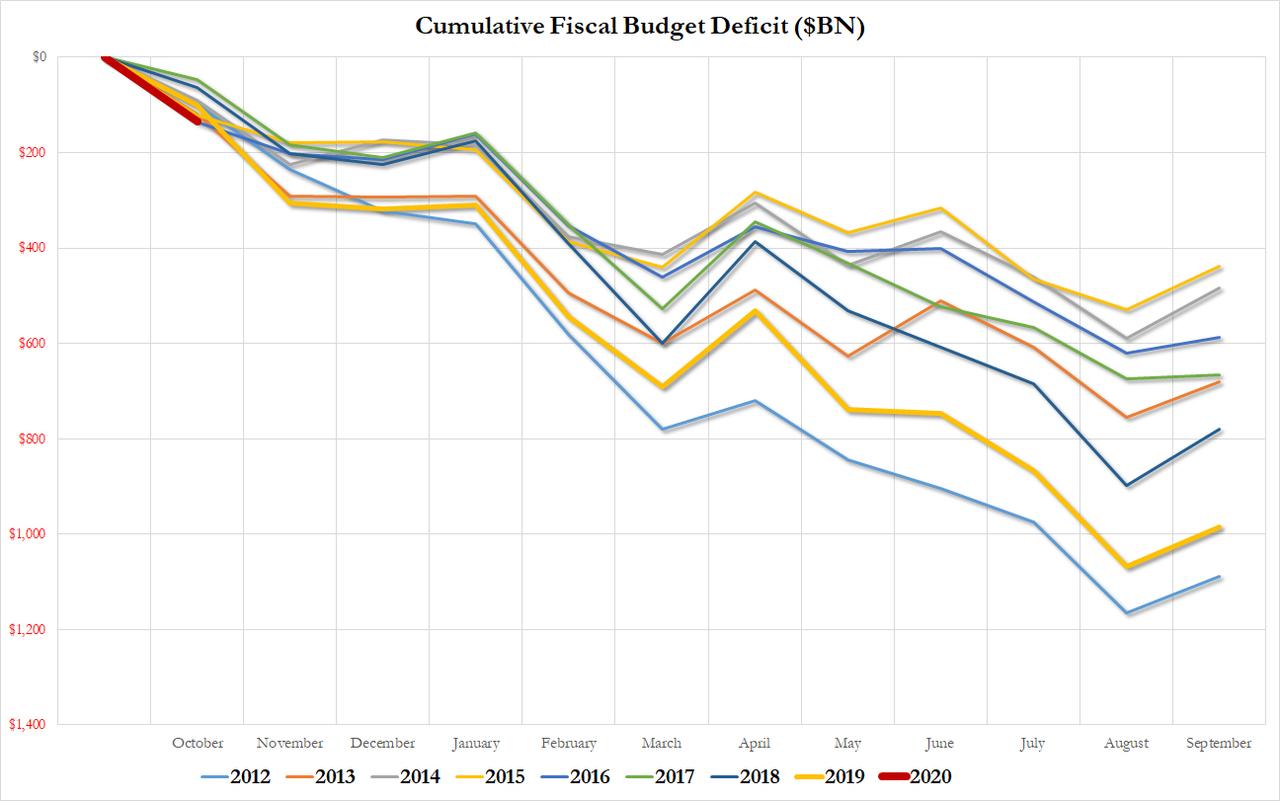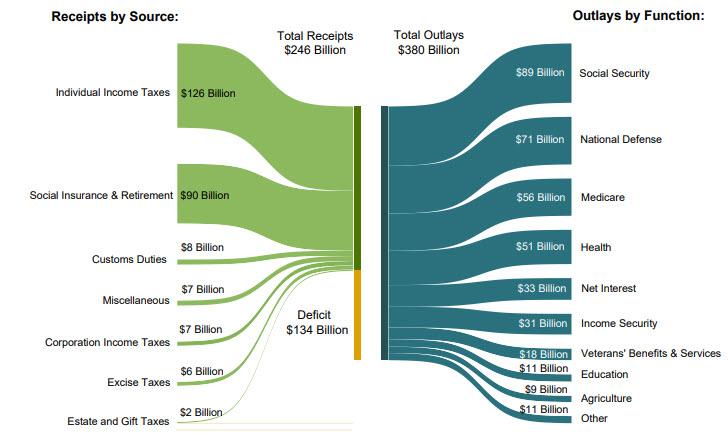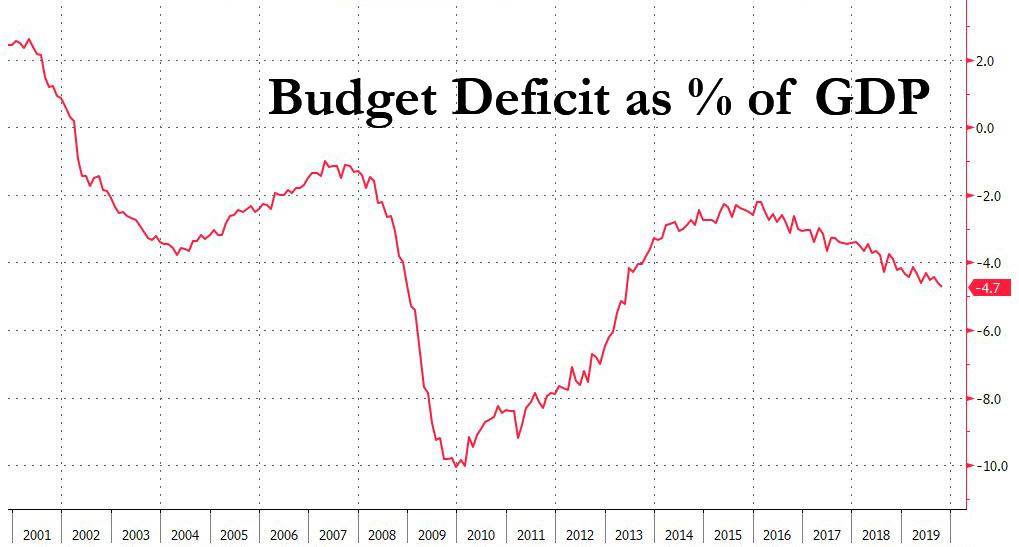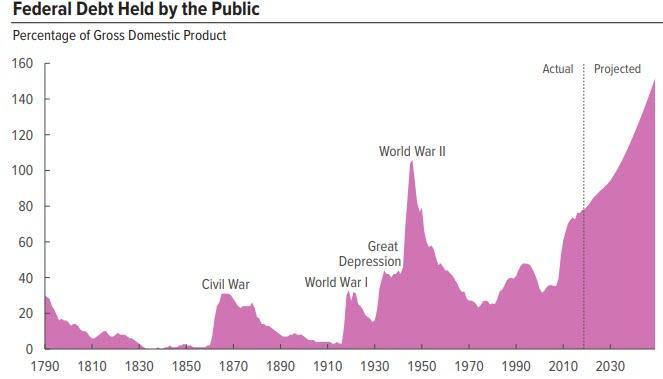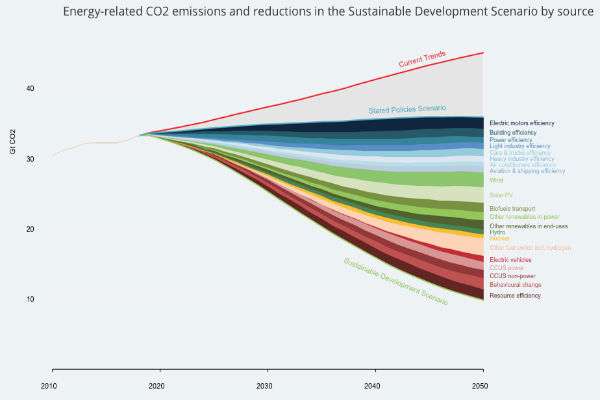San Francisco business owner Joey Mucha wants to convert an arcade repair shop he owns into a simple arcade and restaurant space, a use his property is already zoned for. Yet he has been stymied by neighborhood activists who argue that his project will further contribute to the gentrification of the Mission District.
With the help of the city’s notoriously cumbersome planning process, these activists have delayed Mucha’s project for months already, and they might succeed in killing it off entirely. Should that happen, his arcade will become yet another promising business idea snuffed out by a pervasive NIMBYism that is trying to freeze America’s cities in place.
“I’m hemorrhaging money at the moment to keep my employees on [and] to weather this storm,” Mucha tells Reason.”If this gets voted down, I will likely have to slim down my already-small business to survive, to support my family.”
Opposing Mucha’s plan is Kevin Ortiz—an activist affiliated with local anti-gentrification groups Cultural Action Network (CAN) and United to Save the Mission (USM)—who has asked the city’s planning commission to stop Mucha from setting up an arcade.
An arcade space, Ortiz has argued in planning applications and in the press, will cost the neighborhood valuable repair space and the blue collar jobs that come with it—all so wealthy newcomers to the city can have yet another place to party.
Come Thursday, the commission—which has absolute say over most building permits—will decide whether Mucha can go ahead with his plans for his property, or if he’ll have to abandon them entirely.
Mucha’s request for a permit for his arcade should have been a relatively straightforward affair: His family already owns the property in question. The only occupant of the building was his own arcade rental business, Joey the Cat, which uses the space to store and service a collection of Skee-Ball, pinball, and Whac-A-Mole machines. The site is already zoned to allow for arcade and restaurant use, meaning it doesn’t require special variances or conditional use permits. On top of that, most of the neighbors are OK with Mucha’s plan to add additional public space to the neighborhood.
Not being able to move ahead with his arcade would be both a financial hardship and a personal tragedy.
Mucha says he got into the arcade business almost by accident when he purchased a used Skee-Ball machine off eBay for $500 a decade ago so that he could hone his skills to play in a Skee-Ball league.
“I practiced on it, and figured out how it worked. I disassembled it and reassembled it,” he tells Reason, saying that he soon started to rent out the machine to clients of the start-up firm he worked at, where he had a marketing job.
His side gig proved profitable enough that he started buying more machines and placing them in bars and restaurants around town. Eventually, he quit his day job, and made arcade rentals his full-time occupation.
At first, he ran the business out of his apartment, then a shipping container storage area, and, after that, out of a section of a city-owned warehouse. In 2014, with the help of his family, he purchased his current building on 19th Street in the Mission from the owner-operator of an autobody shop who has since retired.
Having his own space allowed Mucha’s business to offer another service: private events.
“That happened organically. We’ve got these games, we fix them up, they’re staged here ready to go out to bars and events, why don’t we see if people want to come play them,” says Mucha, who started renting out his repair space for corporate off-site retreats, non-profit events, and even neighbors’ birthday parties.
These events required Mucha to get permits from the San Francisco Fire Department and Entertainment Commission, which he did.
But despite his property being zoned to allow for arcade use, the site’s past use as an auto body shop required him to get a change of use permit—something he didn’t have, and without which his private events were technically illegal.
In March 2018, a complaint was filed against Mucha for hosting private events at his business. A July 2018-dated notice of enforcement from the Planning Department informed Mucha that, while a game arcade was allowed at his property, he would still need to obtain a change of use permit to convert it from a production, distribution, and repair use.
Realizing he’d need to go through the city’s labyrinthine planning process, Mucha hired a permit expeditor, and together they started trying to abate the planning department’s complaint.
At first, he tried to get his building converted to some sort of trade shop that would allow him to keep his repair operations onsite while still hosting private events. That, he says, proved unworkable.
Instead, Mucha decided he would move the repair portion of his business to a different location and convert his 19th Street place to a public arcade and restaurant space—a major undertaking.
“We are talking about a $1-million-dollar project,” he says. “We’re talking structural [change], build a mezzanine, build a kitchen, build four bathrooms, redo the entryway, cover up all these building and code things.”
In April, he filed an application with the Planning Department for permission to change the use of his building and perform these extensive renovations.
On June 25, the Planning Department issued a notice informing the public that if they objected to Mucha’s permit application they’d have the standard 30 days to file for discretionary review.
Discretionary review is a process through which any member of the public can ask San Francisco’s Planning Commission—a seven-member appointed body that oversees the Planning Department—to review the application for a permit.
Even if a permit application complies with all laws on the books, as Mucha’s does, the Planning Commission still has the authority to deny the permit, or condition its approval on the applicant agreeing to do things not otherwise required by the zoning code or city regulations.
The discretionary review process is frequently used and abused by NIMBYs and activists to stop or delay disfavored projects, whether that’s a falafel shop, an apartment building, or a single-family home. Even if a request for discretionary review is denied, it can still hold up a project by months.
That is exactly what has happened to Mucha.
On the last possible day, Ortiz filed an application for a discretionary review, listing a number of reasons why he thought Mucha’s arcade would be bad for the neighborhood.
“One of the main threats to the Mission and its working-class and Latino families who are being driven out by gentrification right now is the conversions from blue-collar work sites and community-serving sites to destination and party sites for wealthier newcomers to the city,” reads Ortiz’s application. “This proposal is a quintessential example of this problem and will contribute to further displacement impacts.”
Ortiz also complains that Mucha had already marketed his space for corporate events, and hosted parties from both Google and Uber.
In further comments to the online publication Mission Local, Ortiz explained that he thought yet another alcohol-serving business in the Mission would increase property crime and bring more traffic to the area.
“It’s not designed for families,” he said to Mission Local. (Reason reached out to Ortiz for comment, but received no reply.)
These kinds of complaints are common from CAN and USM activists, which often argue against new development on the grounds that it will sacrifice the traditionally working-class character of the predominately Hispanic neighborhood for the benefit of rich techies.
A quick scan of USM’s Facebook page shows they’ve organized numerous protests against all sorts of projects this year, including a new cannabis lounge, a new gym, a new office building, and new housing.
Come Thursday, the group will assemble at city hall to oppose Mucha’s project, which their Facebook event describes as contributing to the “Disneyfication” of the neighborhood.
Mucha disputes this characterization of his business as an agent of gentrification, saying that in addition to corporate events, he’s hosted community groups, birthday parties for kids, and neighborhood gatherings.
It’s a characterization that rankles some of the neighbors too, including Marlene Samson, who owns the janitorial business next door. Samson, a lifelong Mission resident, says that everyone from her nieces to her mother to neighborhood nuns have participated in events at Mucha’s business.
“One of my nieces went to the venue for a child’s party and it went off without a hitch. The kids had to be pulled out of there, they didn’t want to go home,” Samson tells Reason. “How much more neighborhood can you be when you have the nuns and the kids…and all the neighborhood people there?”
Samson submitted a letter of support for Mucha’s project to the planning commission, as have a number of other businesses, nonprofits, the Mission Merchant Association, and even California State Treasurer Fiona Ma, who had met Mucha previously (and wrote to say that she was “impressed by Mr. Mucha’s entrepreneurship” and that she “support[s] his vision to transform the space”).
Ortiz, as mentioned, filed his discretionary review application in late July, but Mucha’s project didn’t end up getting scheduled for a Planning Commission hearing until November 7. A public notice of the hearing was issued by the Planning Department on October 18.
However, when Mucha showed up to the planning commission on November 7, Ortiz was not present. A Facebook post dated that same day pictures him attending the California Alcohol Policy Alliance’s annual summit in Los Angeles, which was held on the same day.
Another project opponent, who identified herself as Spike Kahn, was present on the day, but asked commissioners to delay the hearing as she had just heard about the project that morning, and needed more time to prepare.
This is despite an October 30-dated Planning Department packet on the discretionary review hearing listing a Spike Kahn as already having sent a letter opposing the project. (Given that this is San Francisco, it is improbable but not impossible there are two different people named Spike opposing the same project.)
Mucha pleaded with the commissioners to go ahead with proceedings anyways, saying he had been trying to legalize his business for over a year and that further delays would cost him time and money he didn’t have.
Instead, planning commissioners voted 3-2 to postpone the hearing to this Thursday.
Mucha describes the postponement as a deliberate pressure tactic, saying “any delay can be catastrophic for my business.
Even if that’s not the case, it is remarkable that despite it being Mucha’s business up for discussion at the hearing, most of the commissioners decided to privilege the interests of his opponents in the planning process—one of whom hadn’t bothered to show up, and the other of whom showed up supposedly unprepared, even though they were identified as a project opponent a week before the hearing.
For most of the time that his project has been working its way through the planning process, Mucha has been unable to host private events—events which he says had up as much as 40 percent of his revenue.
Fortunately, in early October, the Planning Department gave him temporary permission to host twice-weekly events during November and December while his permanent change of use application worked its way through the planning process.
That, says Mucha, is helping him stay afloat. Should his application to convert his space into an arcade get rejected, Mucha predicts that he will have to let his two employees go and return to being a sole proprietor.
But what rankles him the most about the process, he says, is the accusation that his business won’t be family-friendly.
“I just had a kid. I live on the block,” he says. “Why would I try to make a space that isn’t family-friendly when I’m raising a family within 200 feet?”
Barring further delays, Thursday’s hearing will decide the fate of Mucha’s business. Win or lose, his story is yet another example of how the city’s planning process forces business owners to go through hell just so they can eke out a living.

from Latest – Reason.com https://ift.tt/2CDZul2
via IFTTT
